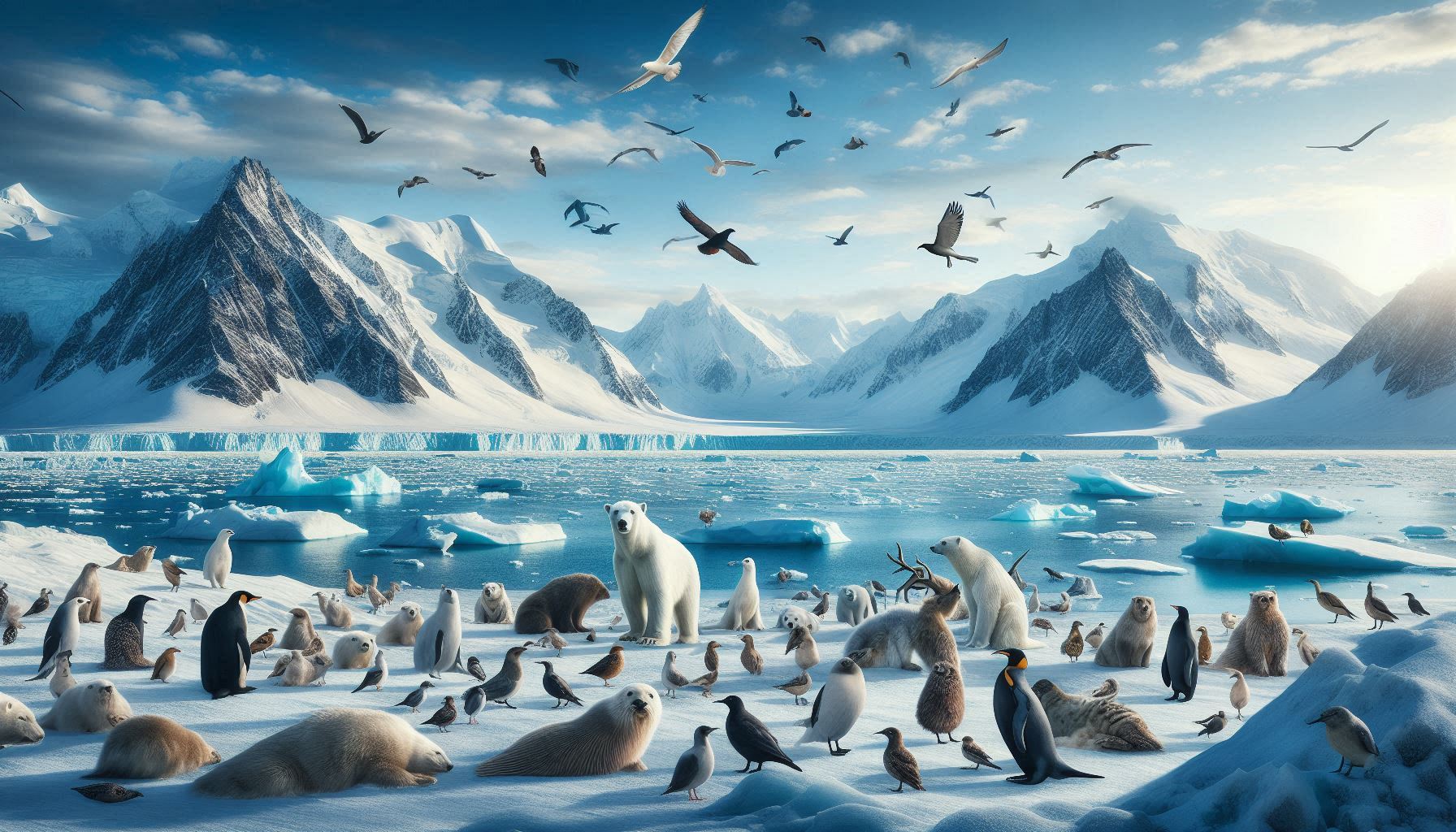I learned when I was researching ice that Japan is the number one in the world in terms of snowfall. The top three cities in the world for annual snowfall are Aomori, Sapporo, and Toyama in Japan. Is this the same principle behind the amount of rain?
https://news.infoseek.co.jp/article/president_62253
There are many living things that live in such cold temperatures. They are called psychrophiles and live at temperatures between -20 and 20°C. Normally, the lower the body temperature, the less active they become, but there are some living things that do better in the cold. It’s strange, isn’t it?
https://ja.wikipedia.org/wiki/
Ice worms are mysterious creatures whose optimum temperature is 0℃. They have a very high production efficiency of ATP, which I researched yesterday. Their production speed is like a turbo, and their ATP concentration is higher than other organisms. Ice worms eat algae that melt ice, contributing to the maintenance of glaciers, and are part of the ecosystem eaten by birds, and sometimes even when they are eaten, they pass through the digestive tract and disperse to other areas.
https://www.nikkei.com/article/DGXMZO75255730Q1A830C2000000
Apparently, Arctic ground squirrels can survive even when their body temperature drops below freezing. When body temperature drops below freezing, blood should freeze, but the blood of Arctic ground squirrels flows without freezing. It also seems that they can prevent their brains from freezing, and they live in the tundra at minus 50 degrees Celsius. So there are creatures living at minus 50 degrees Celsius. The adaptability of living creatures is amazing.
The icefish (Komai) is also a creature whose blood does not freeze in sub-zero temperatures. It has an antifreeze substance in its blood that prevents it from freezing. Mushrooms also have antifreeze proteins that protect them from freezing. They attach to the ice inside and prevent them from growing, and are said to have five times the antifreeze effect of fish.
https://scienceportal.jst.go.jp/newsflash/20120530_01/index.html
The reason why many creatures have the ability to resist freezing is because even psychrophilic creatures would find it difficult to survive if their blood were to freeze, but the Antarctic midge doesn’t die even if its blood freezes. The mechanism behind this is still unclear. I wonder how it can survive with its blood frozen.
https://www.onoda.co.jp/20220128col
Of course, bacteria, some lichens, snow algae including ice algae that I looked at the other day, and phytoplankton are also believed to be capable of surviving in the cold. It is said that the limit for humans is about 17°C, but it is thanks to the existence of psychrophilic organisms that an environment where the water freezes is not a world of death, but a world with many living things. Psychrophilic organisms are amazing. The Earth is amazing.


